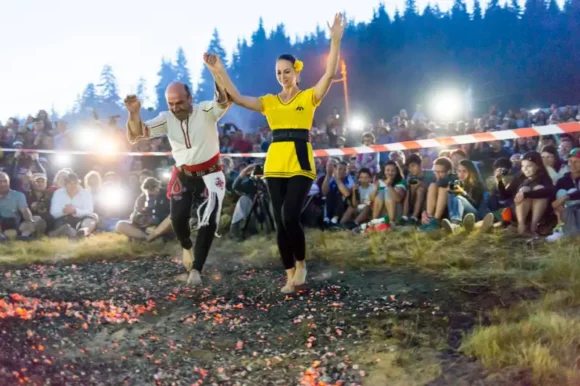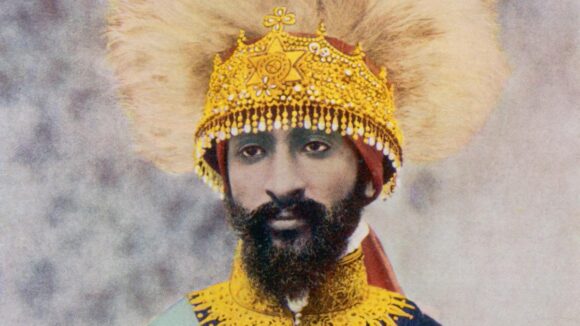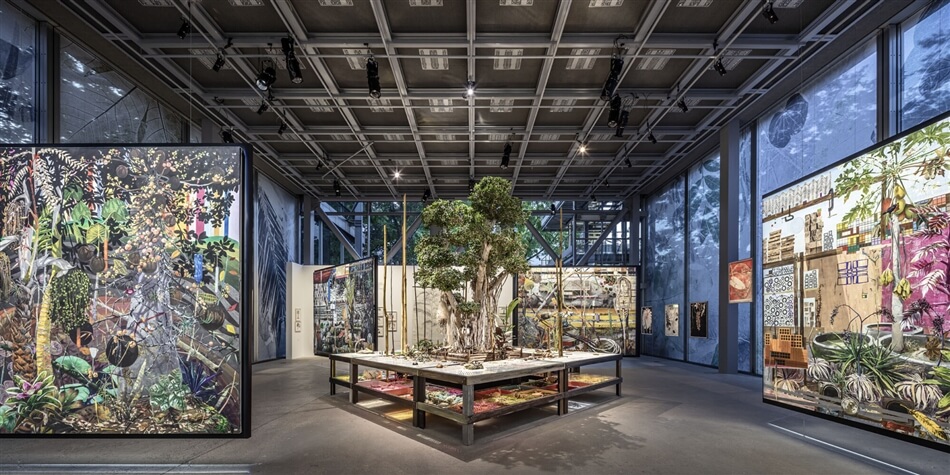Reading Animals, Robots, Gods by Webb Keane for New Scientist
No society we know of ever lived without morals. Roughly the same ethical ideas arise, again and again, in the most diverse societies. Where do these ideas of right and wrong come from? Might there be one ideal way to live?
Michigan-based anthropologist Webb Keane argues that morality does not arise from universal principles, but from the human imagination. Moral ideas are sparked in the friction between objectivity, when we think about the world as if it were a story, and subjectivity, in which we’re in some sort of conversation with the world.
A classic trolley problem eludicates Keane’s point. If you saw an out-of-control trolley (tram car) hurtling towards five people, and could pull a switch that sent the trolley down a different track, killing only one innocent bystander, you would more than likely choose to pull the lever. If, on the other hand, you could save five people by pushing an innocent bystander into the path of the trolley (using him, in Keane’s delicious phrase, “as an ad hoc trolley brake”), you’d more than likely choose not to interfere. The difference in your reaction turns on whether you are looking at the situation objectively, at some mechanical remove, or whether you subjectively imagine yourself in the thick of the action.
What moral attitude we adopt to situations depends on how socially charged we think they are. I’d happily kick a stone down the road; I’d never kick a dog. Where, though, are the boundaries of this social world? If you can have a social relationship with your pet dog, can you have one with your decorticate child? Your cancer tumour? Your god?
Keane says that it’s only by asking such questions that we acquire morals in the first place. And we are constantly trying to tell the difference between the social and the non-social, testing connections and experimenting with boundaries, because the question “just what is a human being, anyway?” lies at the heart of all morality.
Readers of Animals, Robots, Gods will encounter a wide range of non-humans, from sacrificial horses to chatbots, with whom they might conceivably establish a social relationship. Frankly, it’s too much content for so short a book. Readers interested in the ethics of artifical intelligence, for instance, won’t find much new insight here. On the other hand, I found Keane’s distillation of fieldwork into the ethics of hunting and animal sacrifice both gripping and provoking.
We also meet humans enhanced and maintained by technology. Keane reports a study by anthropologist Cheryl Mattingly in which devout Los Angles-based Christians Andrew and Darlene refuse to turn off the machines keeping their brain-dead daughter alive. The doctors believe that, in the effort to save her, their science has at last cyborgised the girl to the point at which she is no longer a person. The parents believe that, medically maintained or not, cognate or not, their child’s being alive is significant, and sufficient to make her a person. This is hardly some simplistic “battle between religion and science”. Rather, it’s an argument about where we set the boundaries within which we apply moral imperatives like the one telling us not to kill.
Morals don’t just guide lived experience: they arise from lived experience. There can be no trolley problems without trolleys. This, Keane argues, is why morality and ethics are best approached from an anthropological perspective. “We cannot make sense of ethics, or expect them of others, without understanding what makes them inhabitable, possible ways to live,” he writes. “And we should neither expect, nor, I think, hope that the diversity of ways of life will somehow converge onto one ‘best’ way of living.”
We communicate best with strangers when we accept them as moral beings. A western animal rights activist would never hunt an animal. A Chewong hunter from Malaysia wouldn’t dream of laughing at one. And if these strangers really want to get the measure of each other, they should each ask the same, devastatingly simple question:
Just which bits of the world feel human to you?









